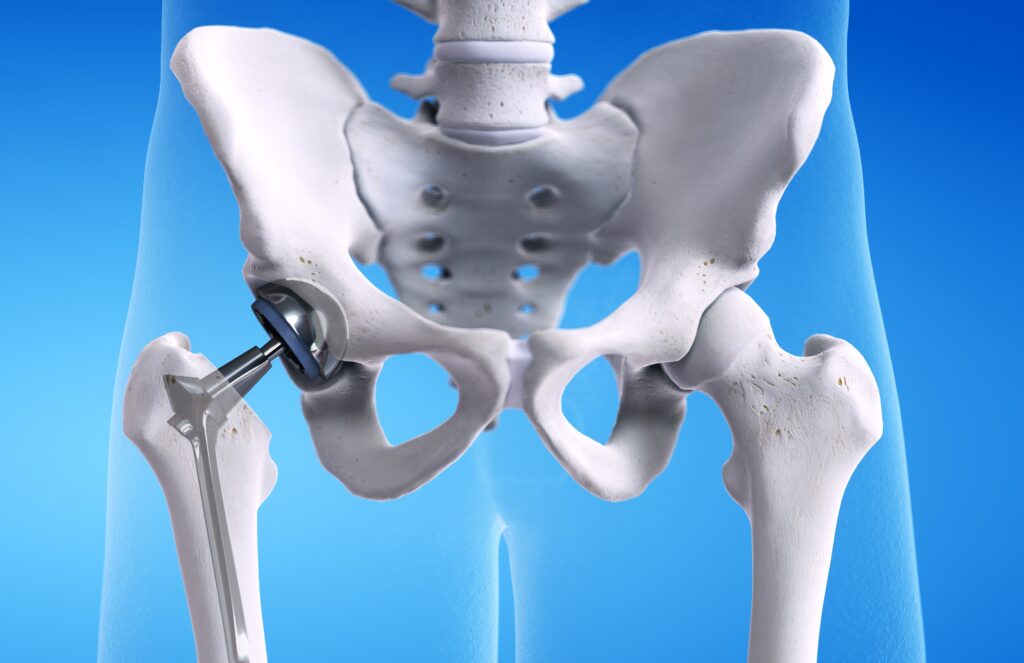Lead Article – December 2020
Two in One Week—
I have been involved in two medical negligence cases in the last week. They were strikingly similar although from different states, involving patients of different gender and regarding different parts of the anatomy.
The first was an elderly lady who had undergone a hip replacement in South Australia. It appeared to me that the surgery was performed competently and that the post-operative course, although not as smooth as might have been hoped for, was well within usual parameters. In essence, she still had some ongoing discomfort.

The difficulty occurred because her general practitioner referred her to a second orthopaedic surgeon for another opinion. It transpired that the second orthopaedic surgeon had a significant hatred for the first orthopaedic surgeon and was motivated to identify problems that did not really exist. The hatred went further. Not only was there some mis-identification, the second surgeon undertook revision surgery in an effort to correct the perceived anomalies created by the first surgeon. There were no anomalies and understandably, the second surgery failed.
The elderly woman was intent on suing the first surgeon. Her anger had been fuelled by the comments made by the second surgeon. Fortuitously, well-phrased comments in the orthopaedic opinion provided to her solicitors dampened her enthusiasm. The first surgeon really had no case to answer. The second surgeon, may well be a different matter!

The second case involved an elderly male who had undergone a knee replacement. His surgeon had made a per-operative error and after referral to a second surgeon, corrective surgery was undertaken. Unfortunately for the elderly male, the second surgeon, during the course of the second surgery, also made an unforgivable error. This resulted in referral to a third surgeon for yet another operative procedure.

This plaintiff, at the behest of his solicitor, sued the first surgeon. The Statement of Claim alleged that all of the adverse events that followed the first surgery were due to the malpractice of the first surgeon. Clearly, that was not the case. The second surgeon also contributed to the need for the third surgery and the adverse outcome that the patient experienced.

It is sometimes surprising how these events cascade into a dizzy downwards spiral.
